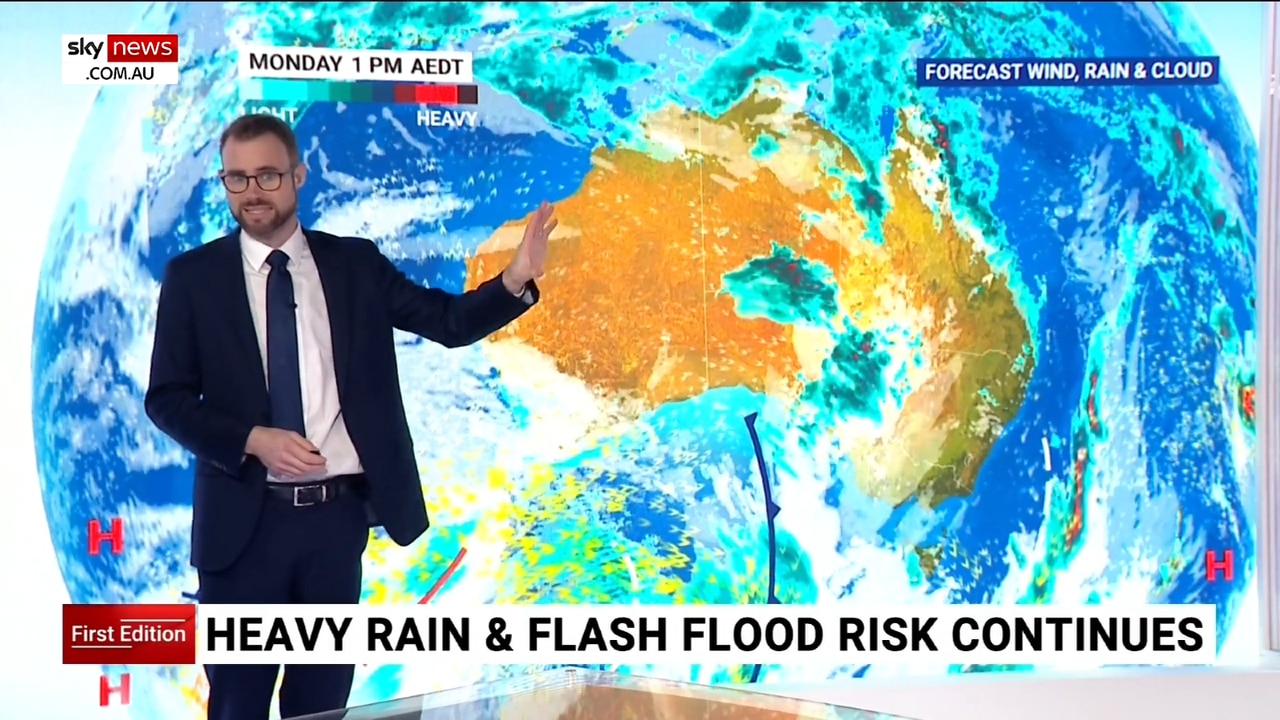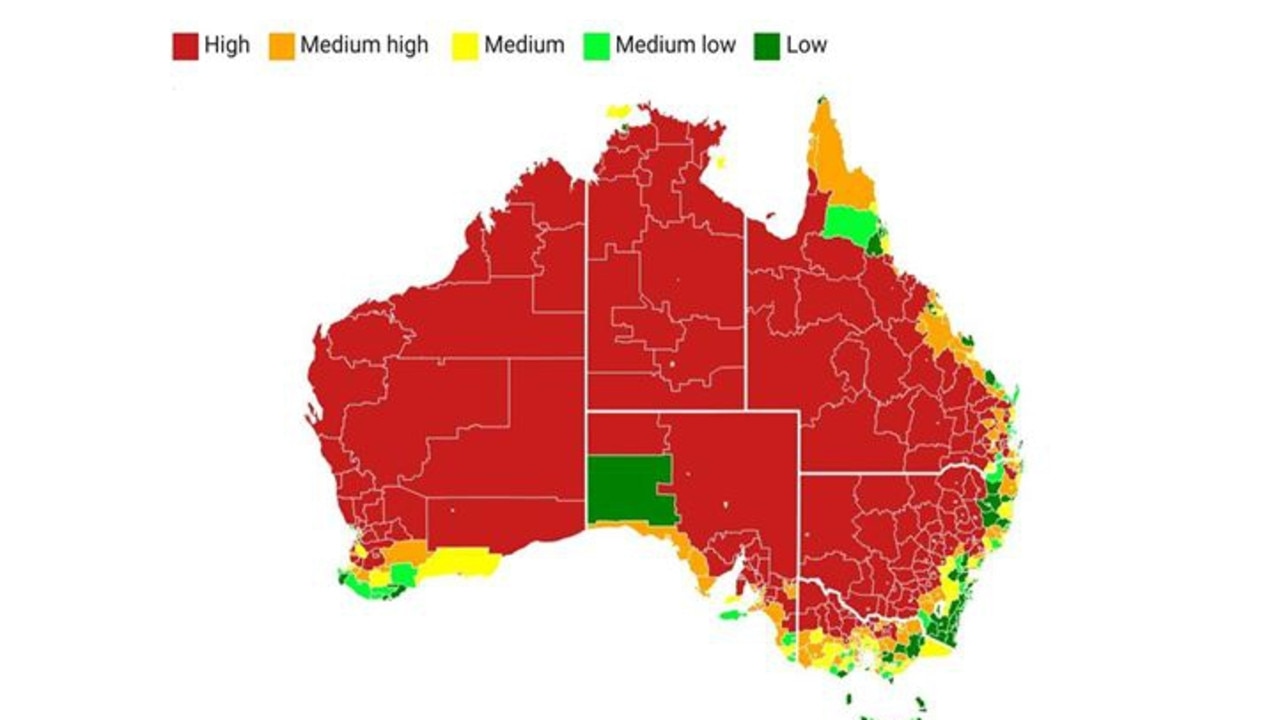Millions of Aussies at risk of extreme heat this summer
A hot and wet summer is going to put further pressure on household budgets and the health of millions of Aussies.

The number of Aussies impacted by extreme weather conditions is set to soar as the combination of a hot summer and cost of living pressures put further strain on Aussie households.
A newly released report from think tank The Australia Institute shows around 20 per cent or 5.38 million Aussies are highly vulnerable to extreme heat based on days when the mercury is above 35 degrees.
Report author Morgan Harrington says the increasing cost of electricity means many people will be reliant on government payments just to run their airconditioning.

“Energy bills are one of the top three most stressful bills for Australians,” Ms Harrington said.
“As a proportion of household income, lower income households spend more on utilities (including electricity for cooling) than medium and higher income households, which means they have less capacity to pay increasing costs of airconditioning.”
The report comes as the BOM’s latest long range forecasts shows that summer is likely to be warmer than average across most of the country.
Also, more than usual summer rainfall is likely for many parts of the country, particularly in December.
“Severe thunderstorms are more common in the warmer months, bringing heavy rainfall, damaging winds, large hail and the risk of flooding anywhere in Australia,” the BOM warns.

Dr Kate Wylie, executive director of doctors for Environment Australia and Adelaide-based GP, said these weather conditions and cost of living pressures would put pressure on vulnerable people this summer.
“Heat is a fast-emerging health crisis,” Dr Kate Wylie said.
“Dangerous heat places extra strain on our bodies and leads to increasing hospitalisations and deaths.
“Those who are hit the hardest are older people, babies, pregnant women, people with chronic medical conditions, such as heart, lung and kidney diseases, as well as those living in poorly insulated homes, in areas with little shade, people in cities and renters.”
The report warns the Northern Territory, South Australia and Western Australia are most in danger of these extreme weather conditions.
Areas including Mt Isa (Queensland), Katherine (WA), Charters Towers (Queensland), Broken Hill (NSW), Barcaldine–Blackall (Queensland), were all deemed to be among Australia’s most vulnerable towns.
“Vulnerable groups may lack adequate access to cooling facilities, suffer from chronic health conditions that are exacerbated by heat, or face socio-economic barriers,” the report said.
While only 20 per cent of Aussies live in these extreme conditions, the report says based on geography nearly 80 per cent of Australia faces these conditions.
The amount of Australia that could face extreme weather conditions could rise with climate change.
“Immediate and targeted action on climate change, including phasing out the use of fossil fuels, will help slow the rate at which Australia warms,” Ms Harrington said





